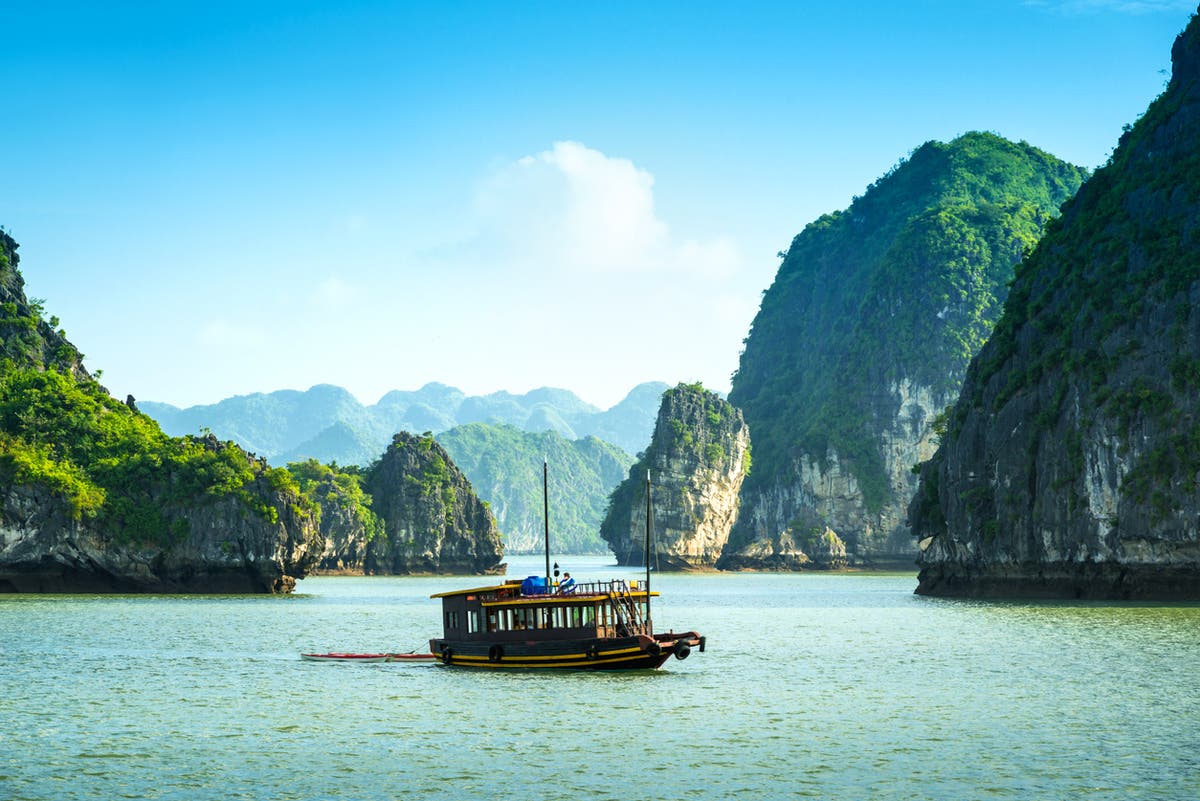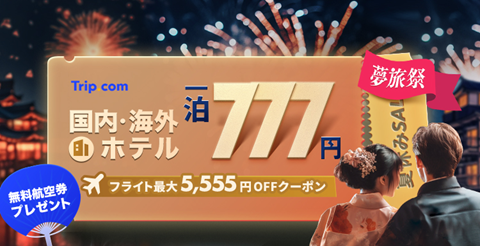Vietnam Travel Guide: Everything You Need to Know Before Going

Vietnam, a country known for its diverse landscapes as well as its food, history and temples, is a wallet-friendly destination that encompasses the best of Southeast Asia – you’re never far from some delicious street food, heritage sites or Pagodas and sprawling museums – many of them housed in former palaces and government buildings – in monument-filled cities like Hanoi and Ho Chi Minh City are great places to learn about the country’s past.
Travel Restrictions and Entry Requirements
Masks are currently (as of October 2022) still mandatory to wear in public. No test or proof of vaccination is required to enter the country, regardless of vaccination status.
best time to go
Vietnam’s climate varies from region to region, but generally speaking, March and April are good months for travel – rainfall is generally lower and temperatures are cooler. July and August are the peak season, with hot and humid weather. Hotels should be booked in advance and prices can increase by 50%.
Vietnam has hundreds of annual festivals and celebrations. Buddha’s birthday is one of the most important events in the country. It is held in April or May (the exact date depends on the lunar calendar). During the festivities, temples are richly decorated and street processions are colorful, the most lively of which takes place in the coastal city of Hoi An.
popular areas
phu quoc island
In recent years, Phu Quoc, a Vietnamese island off the coast of Cambodia, has been transformed into a popular winter sunbathing destination. Don’t expect great wilderness here or a chance to restore history – most people come to the beach, although places worth visiting include its (rather smelly) fish sauce factory and Phú Quốc Prison, where Vietnamese soldiers were imprisoned (and Tortured in various horrific ways) French and American troops.
Hanoi
Vietnam’s capital is smaller than Ho Chi Minh City and retains a small-town feel. Parks and lakes (including Hoan Kiem Lake, with the stunning Ngoc Son Temple in between) dot its center, and tree-lined streets are lined with historic buildings. The Old Quarter is the best place for a historical fix (here you’ll find Hanoi’s beautiful French-built opera house) and delicious street food. The most popular attraction in Hanoi is the Ho Chi Minh Mausoleum.
ho chi minh
Vietnam’s largest city boasts some of the country’s best hotels and tallest skyscrapers, despite its ubiquitous past – in places like the Reunification Palace (also known as the Independence Palace). Saigon fell in 1975 when North Vietnamese tanks broke through the city gates. Areas open to the public include the former reception room, the presidential living quarters and the basement telecommunications center. For more insight into Vietnam’s past, visit the War Remnants Museum for a fascinating (albeit harrowing) look at the US invasion of Vietnam.
halong bay
Yes, Halong Bay in northeastern Vietnam has gotten a little crowded lately, but you’re sure to be impressed by the limestone islets and pillars that have earned the region UNESCO World Heritage status. There are 1,600 islands, but most tourists stay on Cat Ba Island, the largest in the region. Popular activities include day trips, kayaking and exploring caves such as Tien Ong Cave, which contains stone tools dating back to 10,000 BC.
underrated destination
in par
Sa Pa is a beautiful town in northern Vietnam that many travelers use as a base camp for keen hikers trekking through the mountains of Lao Cai province. Near the Chinese border, it is home to the Miao ethnic group, many of whom serve as guides. Even though it’s in the far north of Vietnam, getting there is relatively simple – there are regular bus services, though we recommend the eight-hour sleeper train service from Hanoi.
Phong Nha-Kabang National Park
You’ll find this UNESCO World Heritage Site park in Quang Binh Province in north-central Vietnam. It straddles the border with Laos, and its diverse landscape includes limestone plateaus, tropical forests and cathedral-like caves. Most visitors stay in one of the many homestays located near the park.
my son
My Son is a UNESCO World Heritage Site of Hindu temple complex in central Vietnam. Built between the 4th and 13th centuries, these temples are known for their intricately carved designs, were rediscovered by the French in the 19th century, and were partially damaged by bombs dropped during the Vietnam War. Still, the site is definitely worth a visit. It is located 70 kilometers south of the coastal city of Da Nang.
tone
Huế is the former feudal hilltop capital built by the kings of the Nguyen Dynasty. This laid-back central Vietnamese city is filled with temples, pagodas and monasteries, and there are plenty of ancient palaces to visit. Its architecture is incredibly diverse—a tree-lined street could well boast both a pagoda and an Art Deco mansion.
best thing to do
Check out Hanoi’s Train Street
Head to central Hanoi, sip a cold bottle of Saigon Red on a rickety railroad side table, and wait for rail workers to sound the alarm (albeit very slowly) of an approaching train. Street food vendors and bar owners will quickly put away their tables to make way for the train, then put the tables back the moment the train passes by.
Visit Cu Chi Tunnels
The best way to see these tunnels on the outskirts of Ho Chi Minh City is on a guided tour. The tunnels were dug by the Viet Cong and you’ll see some of the horrific booby traps they built for the American “tunnel rats” who struggled to understand how Vietnamese soldiers appeared out of nowhere and then disappeared so quickly. You’ll also have the chance to crawl along one of these claustrophobic passages. Tours often include a stopover at a rubber plantation, and there’s a shooting range a few meters from the tunnel for anyone keen to fire a few rounds with an AK-47.
Tribute to Ho Chi Minh
The remains of Vietnam’s former president are kept in glass coffins in the Ho Chi Minh Mausoleum and are in surprisingly good health thanks to regular re-embossing. The mausoleum is part of a complex such as the Ho Chi Minh Museum, whose exhibits focus on Vietnam’s past struggles with various foreign powers.
wander around
Vietnam’s extensive rail network includes a large number of spectacular sleeper train services, most of which have a variety of different carriage types. For example, choose an overnight train between Hanoi and Sapa, a popular hiking spot in the north, and your options include the Sapa Express, with its spacious wooden carriages; the cheap and pleasant Dream Express; and the Chapa Express, with its small carriages And gorgeous. Fares for this journey range from £31 to £140 one-way. Or, consider long-distance coaching. Most major destinations are connected by coaches, and they’re surprisingly cheap – pay around £12 for an eight-hour journey. One of the largest sleeper bus operators in Vietnam is The Sinh Tourist – their vehicles cover most of the country and, like most modern sleeper buses in the country, are equipped with armchair-like recliners.
how to get there
Air
Vietnam Airlines flies non-stop to Hanoi (twice a week) and Ho Chi Minh City (once a week, although a second route will open in December 2022).
bus
If you’re in neighboring Cambodia, there are several long-distance bus routes connecting the country with Vietnam.
money saving tips
The US dollar is probably the most widely used currency for tourists in Vietnam, but we recommend the Vietnamese Dong. You’ll get a better exchange rate, and since prices are usually listed in Vietnamese Dong, it’s easier to see your change and pay the exact amount.
common problem
what’s the weather like?
In the north, May to October is hot and humid, and November to April is cool and dry. December and January are the coldest months – especially in the far north. In the south, the dry season lasts from November to April and the rainy season lasts from May to November. In central Vietnam, the wettest period is from June to November.
What time zone is it in?
Indochina Time (GMT+7).
What currency do I need?
vietnamese dong.
What language do you speak?
Vietnamese, although English is widely spoken.






